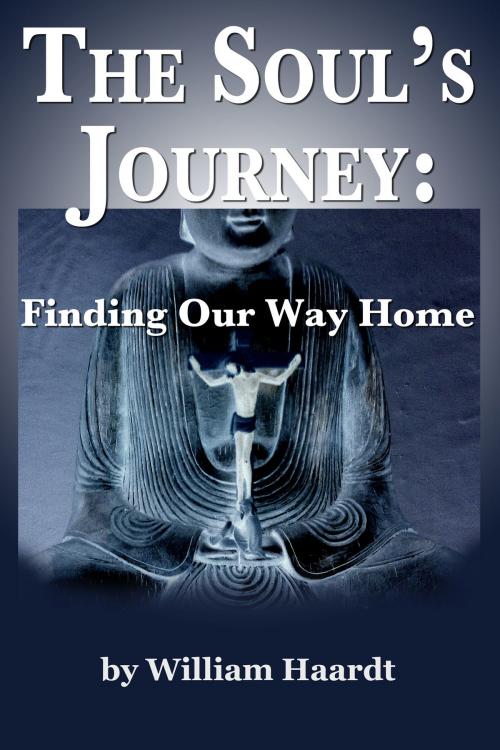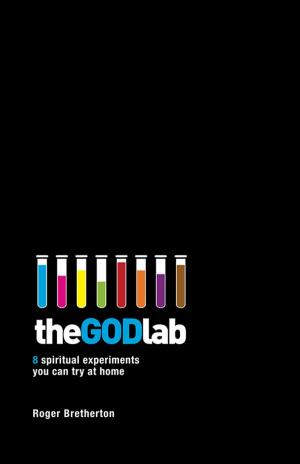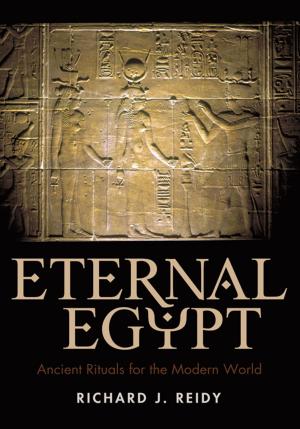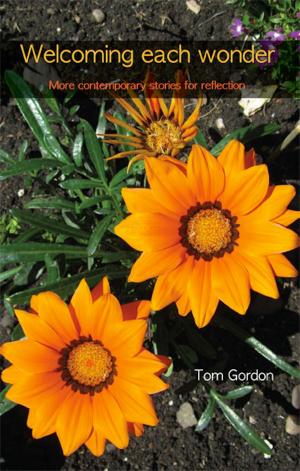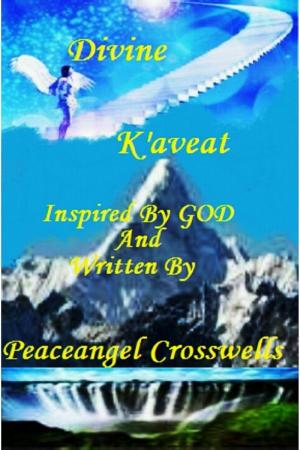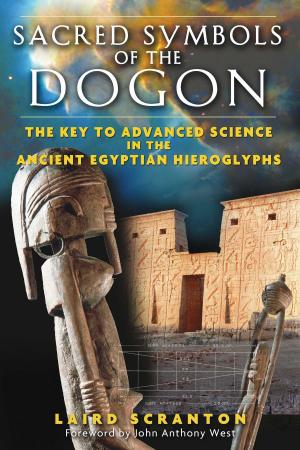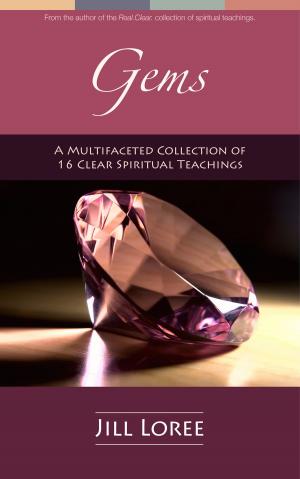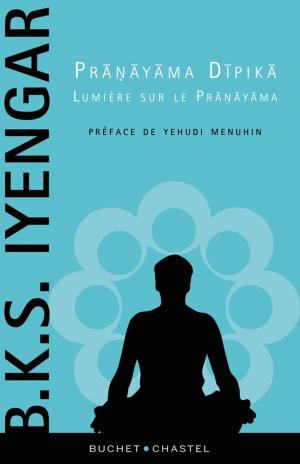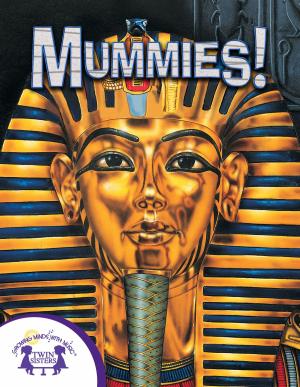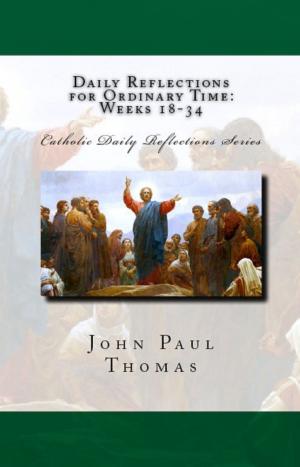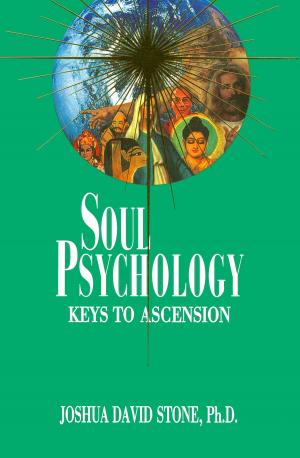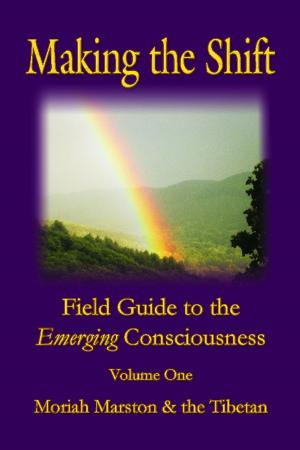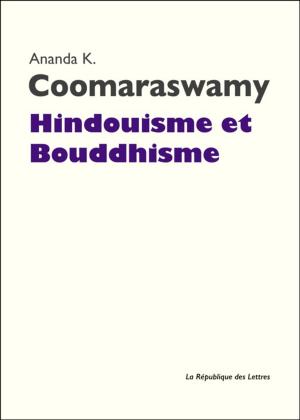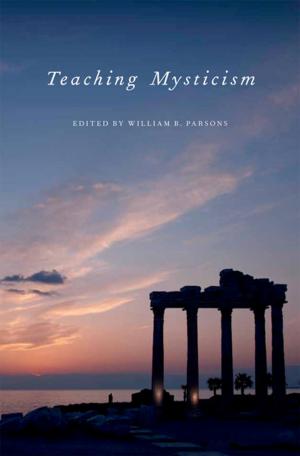The Soul's Journey: Finding Our Way Home
Nonfiction, Religion & Spirituality, Inspiration & Meditation, Spirituality| Author: | William Haardt | ISBN: | 9781311601650 |
| Publisher: | William Haardt | Publication: | December 10, 2013 |
| Imprint: | Smashwords Edition | Language: | English |
| Author: | William Haardt |
| ISBN: | 9781311601650 |
| Publisher: | William Haardt |
| Publication: | December 10, 2013 |
| Imprint: | Smashwords Edition |
| Language: | English |
In the 21st century, we find ourselves in dialogue with each other in new and profound ways. Given the rise of secular and atheist culture alongside fundamentalist strains in many world religious traditions, the world stage may appear quite confusing, perhaps overwhelming, given the complexity and diversity of the world in which we live. There is great peace in our time and great violence depending on where and how you are looking. The questions of our time, of all time, remain what is true? what is real? what is most authentic in living our human lives? and how can we live those lives in harmony with all creation? There is a middle path in between fundamentalism and atheist secularism that may help provide an inner compass to navigate our current situation.
Relying on the mystics of the Christian and Buddhist traditions primarily with some reference to other spiritual masters, a spiritual vision for the 21st century will be laid out for anyone from any tradition or no tradition at all. When we look through the contemplative lens of the mystical lineage, we begin to see with the eyes of Thomas Merton who said the following:
“Contemplation is life itself, fully awake, fully active, fully aware that it is alive. It is spiritual wonder. It is spontaneous awe at the sacredness of life, of being. It is gratitude for life, for awareness, and for being. It is a vivid realization of the fact that life and being in us proceed from an invisible, transcendent, and infinitely abundant Source. Contemplation is, above all, awareness of the reality of that Source.”
The first book from William Haardt describes the essence of the spiritual journey through the experience of those who have traversed the path, especially the great Christian monk, Thomas Merton. The book also highlights the great insights that have come out of Christian-Buddhist dialogue, which Merton helped begin in the 1960′s. Finally, William Haardt shares glimpses of his own journey and what has helped him along the way.
In the 21st century, we find ourselves in dialogue with each other in new and profound ways. Given the rise of secular and atheist culture alongside fundamentalist strains in many world religious traditions, the world stage may appear quite confusing, perhaps overwhelming, given the complexity and diversity of the world in which we live. There is great peace in our time and great violence depending on where and how you are looking. The questions of our time, of all time, remain what is true? what is real? what is most authentic in living our human lives? and how can we live those lives in harmony with all creation? There is a middle path in between fundamentalism and atheist secularism that may help provide an inner compass to navigate our current situation.
Relying on the mystics of the Christian and Buddhist traditions primarily with some reference to other spiritual masters, a spiritual vision for the 21st century will be laid out for anyone from any tradition or no tradition at all. When we look through the contemplative lens of the mystical lineage, we begin to see with the eyes of Thomas Merton who said the following:
“Contemplation is life itself, fully awake, fully active, fully aware that it is alive. It is spiritual wonder. It is spontaneous awe at the sacredness of life, of being. It is gratitude for life, for awareness, and for being. It is a vivid realization of the fact that life and being in us proceed from an invisible, transcendent, and infinitely abundant Source. Contemplation is, above all, awareness of the reality of that Source.”
The first book from William Haardt describes the essence of the spiritual journey through the experience of those who have traversed the path, especially the great Christian monk, Thomas Merton. The book also highlights the great insights that have come out of Christian-Buddhist dialogue, which Merton helped begin in the 1960′s. Finally, William Haardt shares glimpses of his own journey and what has helped him along the way.
